A Wing and a Prayer
In Namibia, the diamond producing communities are unexpectedly—and expertly—saving the African penguin.
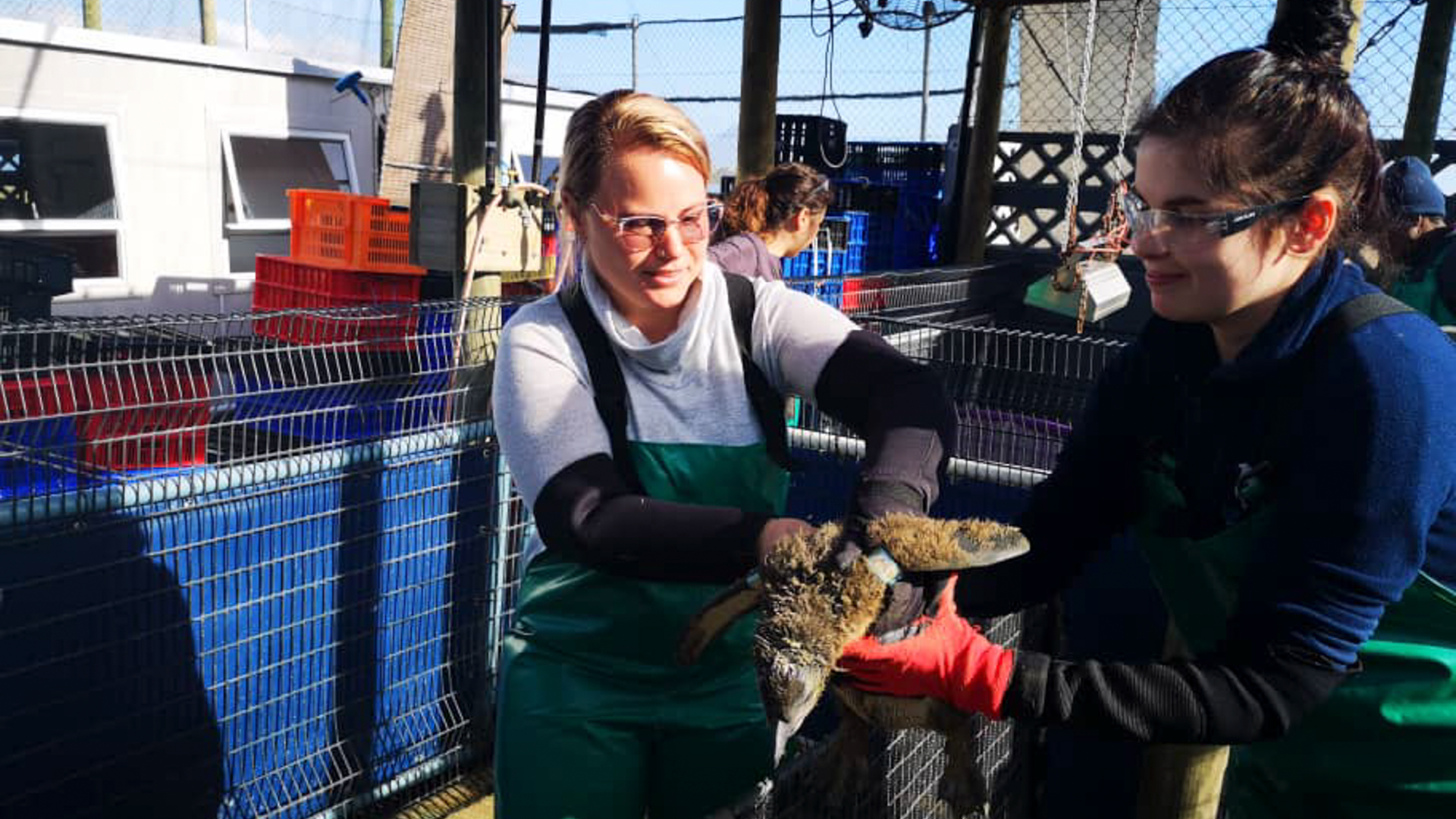
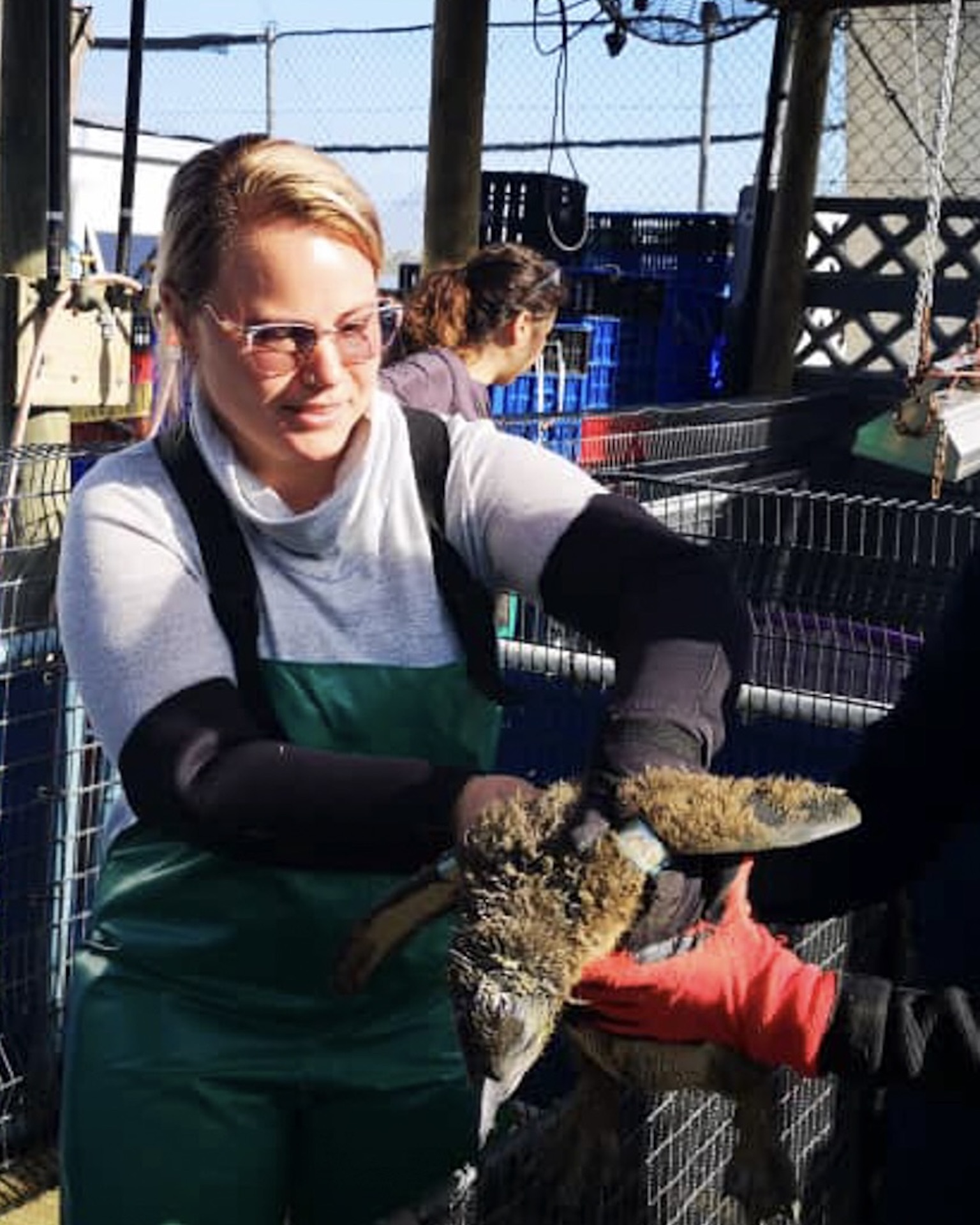
Diamonds and penguins rarely overlap (there was a brief brooch craze in the 1980s that fashion collectors try to forget), but along the southwest coast of Namibia, the two are coming together in one extraordinary mission. As seabird conservation becomes a hallmark of ocean health, the natural diamond industry is stepping up to protect endangered populations of the rare African penguin.
The initiative comes from Namdeb, the ground-breaking mining partnership between De Beers and the Government of Namibia itself. In a first-of-its-kind project, they’ve invested money, time and people power into protecting and boosting native seabird populations along the coast of Namibia and South Africa.
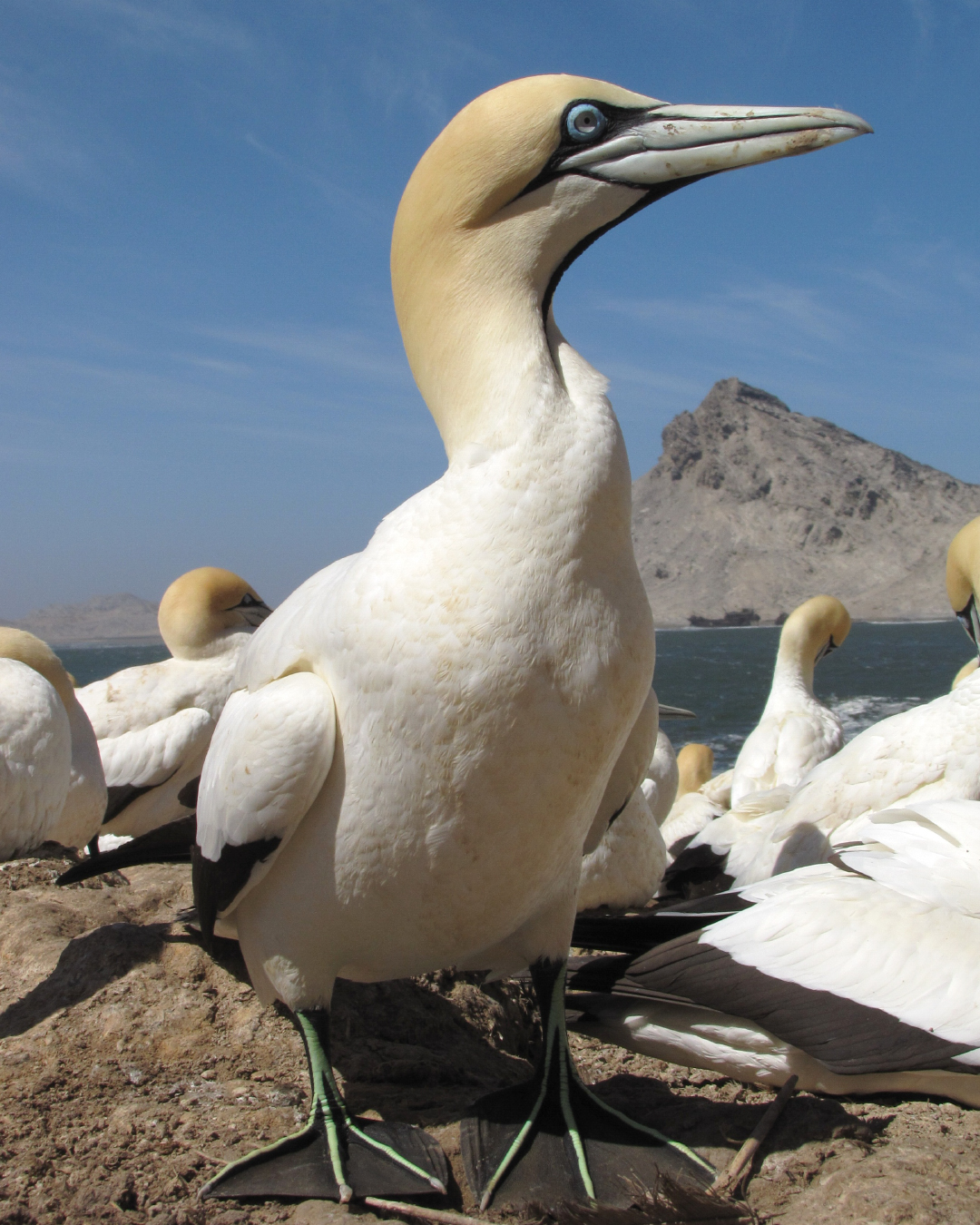
If you’re lucky to see an African penguin in the wild, you might be surprised to note they’re smaller than the Antarctic breed you’ve likely seen at the local aquarium. Weighing between 5 and 7 pounds, African penguins are fierce and playful swimmers and look much like other penguins, except for the tiny pink dots between their eyes and beak. (Fun fact: In colder weather, the dots get brighter and pinker.) Though they once numbered in the millions, the penguins have been threatened by warming waters, overfishing, and a loss of habitat.
“African penguins are what we call indicators,” says Carolin Mutorwa, a technical advisor for the Namibian Association of Community Based Natural Resource Management (CBNRM). That’s because they sit at the center of a complex ecosystem that stretches from land to water, helping maintain a balance of algae that supports other shorebirds and marine life. Because they feast on fish like sardines, herring and anchovies, their feeding behavior also helps herd schools of fish “upwards” so other bird populations can stay nourished. And when the African penguin population fluctuates or falls, their habitat’s biodiversity—essentially, its natural balance of plants, animals and nutrients—can be thrown off balance.

it’s not just an environmental issue. It’s also a way of bringing the community together.
In recent years, penguin health studies have inspired research and funding to repair issues of overfishing and atmospheric warming. Seabirds can also be possible barometers for things like avian flu, which means they can alert world health organizations, helping spark early prevention measures around the globe. Adds Nora Ndopu, the Executive Manager of the Debmarine-Namdeb Foundation that connects Debmarine Namibia and Namdeb with greater conservation movements, “The newly established NAMCOB (Namibian Foundation for the Conservation of Seabirds) will also have a strong focus on ocean literacy for communities living and working adjacent to the seabirds’ habitat.”
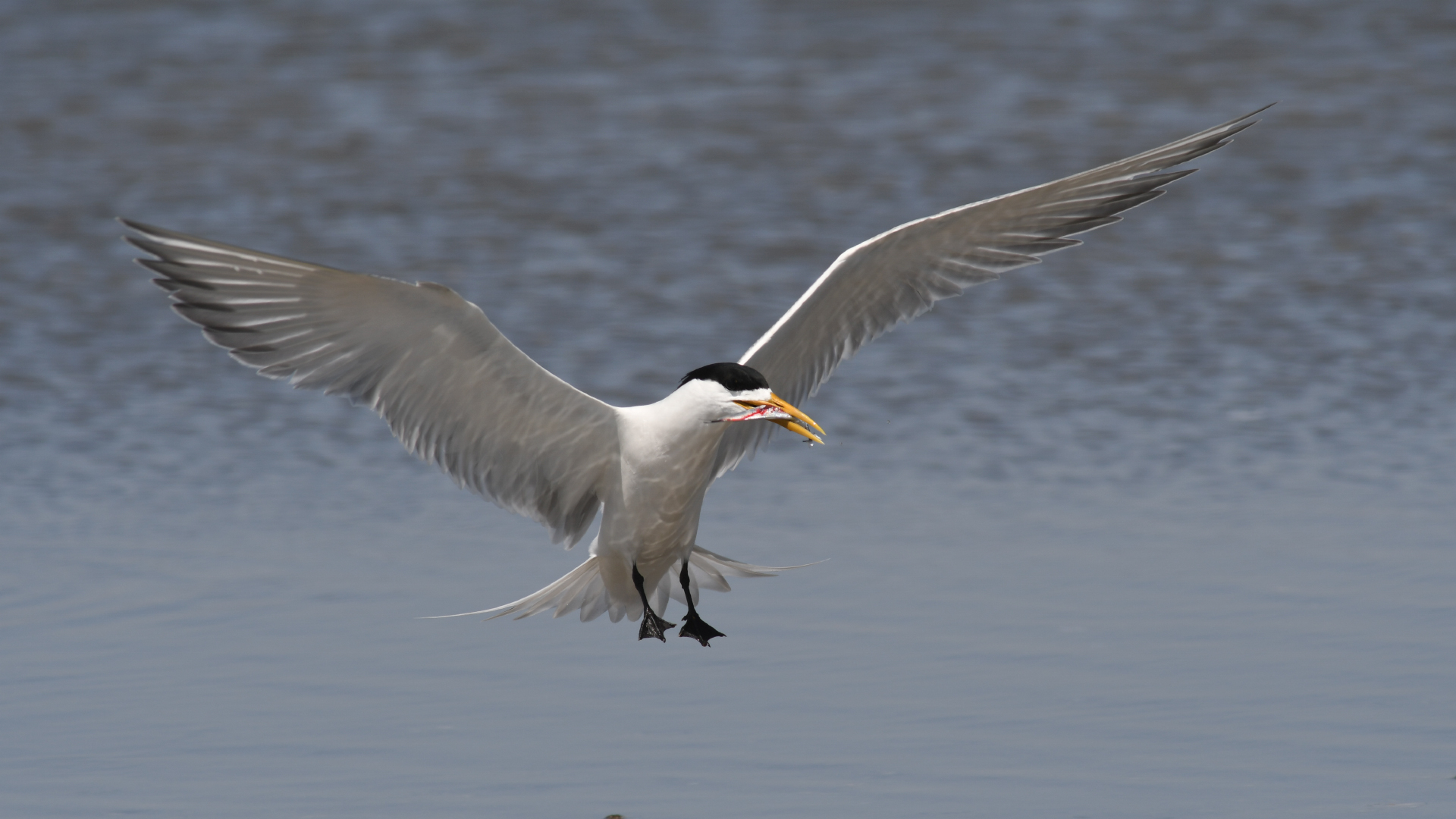
As Ndopu and her colleagues point out, it’s much easier for people to advocate for penguins once they know how the animals help protect and enhance their own hometowns—and since protecting local wildlife is part of Namibia’s constitution, Namdeb’s seabird conservation efforts are, quite literally, a national point of pride. In the words of Angus Middleton, the Director of the Namibian Nature Foundation, it’s not just an environmental issue. It’s also a way of bringing the community together. “This helps drive the democratic process forward,” he explains. “We work on going to the street to try and get us up and running by connecting directly with people who live here.” Your environment is also, after all, your home.
Namdeb employees are trained to help seabirds with help from Nicky Stander, the Head of Conservation at the Southern African Foundation for the Conservation of Coastal Birds, also called SANCCOB. The training takes about a week and focuses on how to assess, treat and release lost seabirds that might have become disoriented from uncommon weather patterns, strong storms, or simply natural curiosity. “We teach teams how to stabilize [a penguin] by giving all the fluids to hydrate it properly, plus grooming management” to help it stay clean while in recovery, says Stander. SANCCOB also provides basic oil spill training in case birds wash ashore during an unrelated emergency. In the words of Namdeb environmental officer Dene Kisting, “I’m proud to be doing this! The training has reinforced the importance of these species, and what they mean for the future of this ecosystem.”
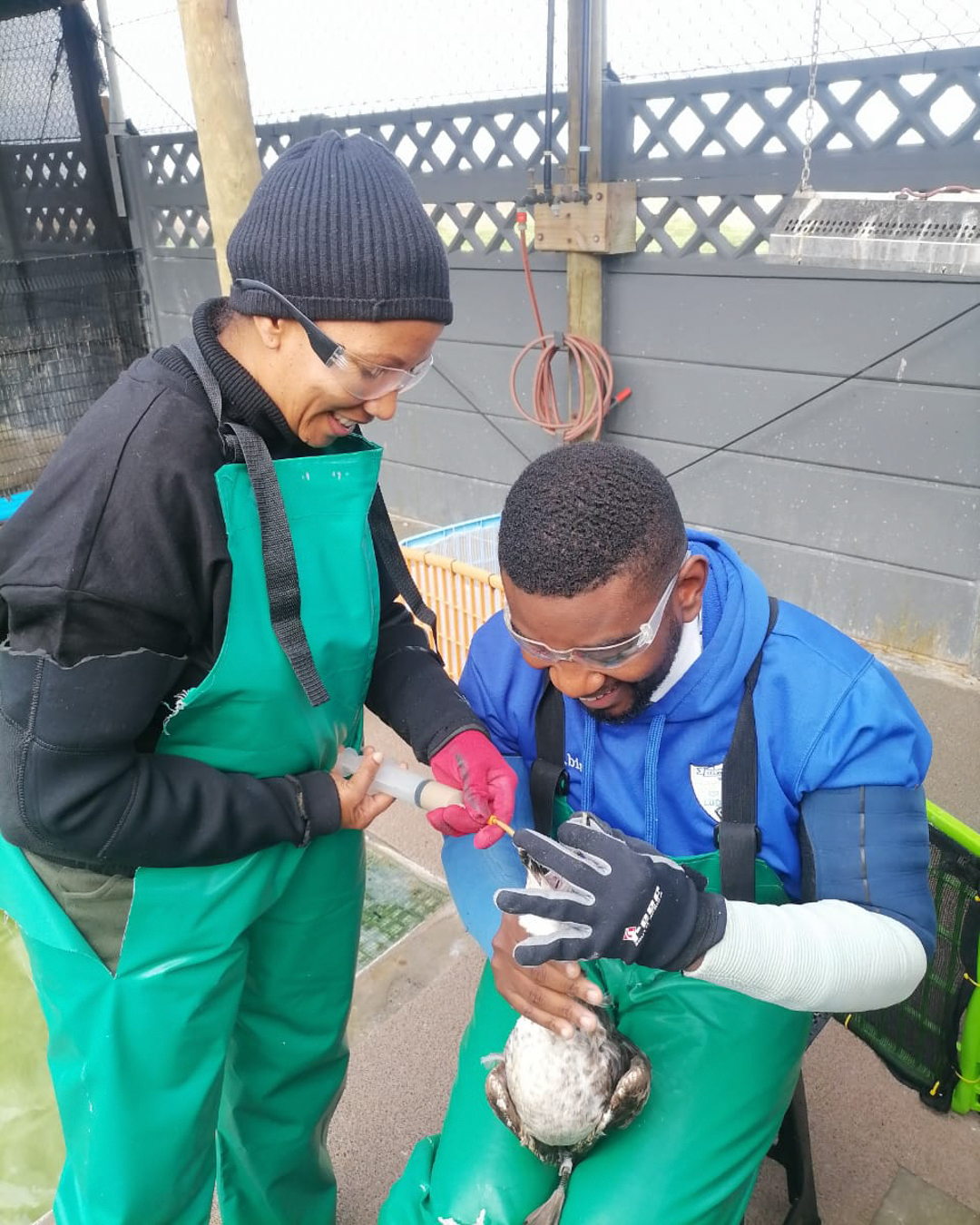
At the end of a mine’s lifecycle, open spaces are left to naturally refill with water and plant life, providing added habitat, nesting sites, and watering holes for native seabirds. That means besides African penguins, future mining sites will wing it with terns, black-neck grebes and cape cormorants, an endangered glossy black bird that snacks on sand eels and looks like a very glamorous duck. “It’s quite phenomenal,” says Liezl Maritz of the program, noting that she spots wild flocks with increasing frequency in her area.
One big bonus? Studies show that observing birds in their natural settings can sharpen focus, lower stress and have long-term benefits for our mental health. So while Namibian mining communities help local flocks flourish, the birds themselves can enhance their helpers’ well-being for years to come, creating a “love loop ” where both people and animals can thrive through one goal.
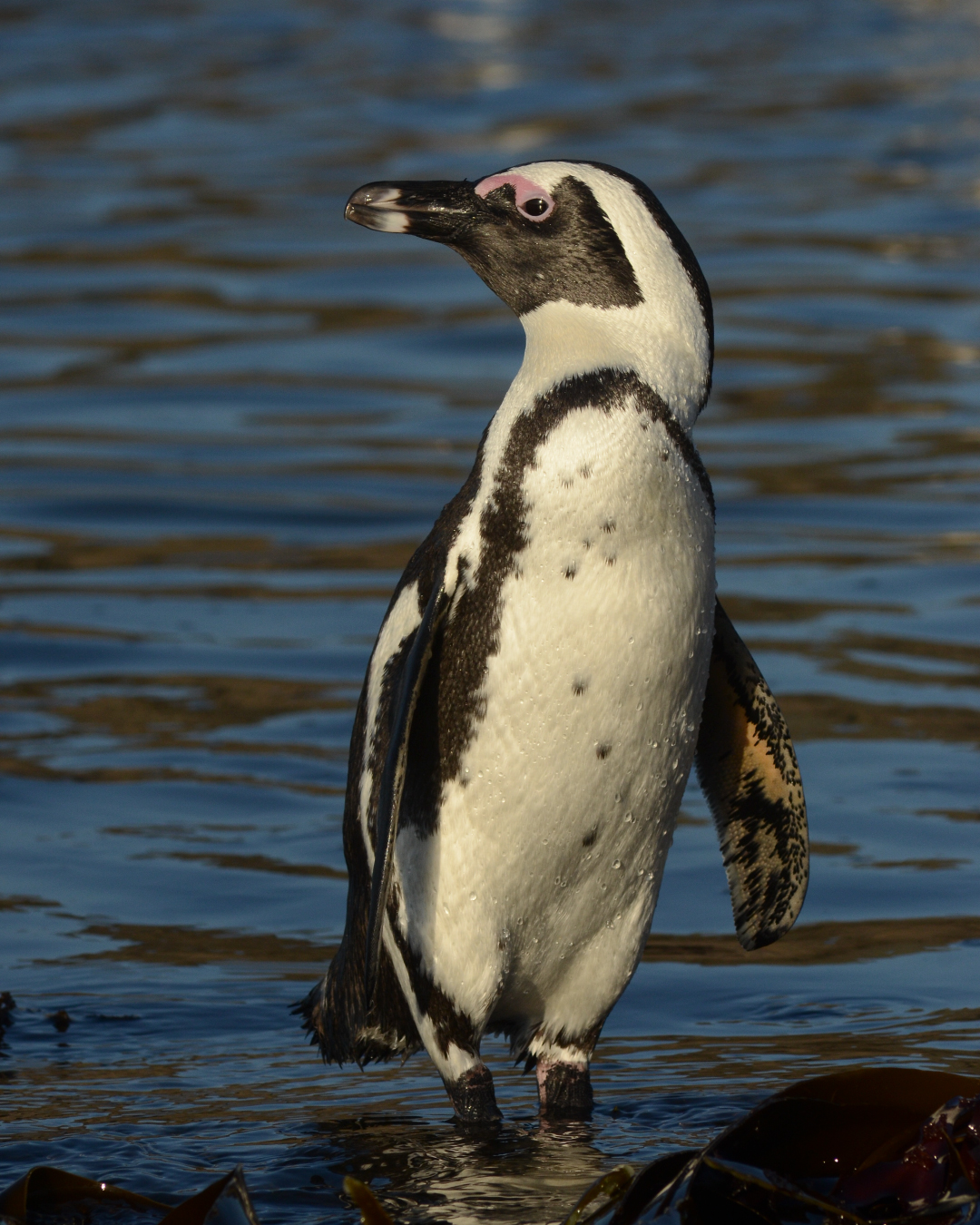
But as the mission succeeds in bringing seabirds back into the daily lives of Namibians, conservationists and locals alike have a simple request: no selfies; the seemingly harmless snaps can disturb penguin habitats, create stress for the animals and even affect their health. Other tips to support these endangered penguins, whether you’re in Africa or America: Choose your fish as sustainably as possible and reduce single-use plastic like disposable coffee cups and straws, which can end up as microplastics in the ocean.
When such small steps combine with larger actions such as the ones of Namdeb, seabirds like the African penguin, can remain a jewel of the Namibian coast. This creates a ripple through other diamond producing communities and conservation groups that can serve as an environmental butterfly effect—or maybe it’s a “penguin effect” instead.
